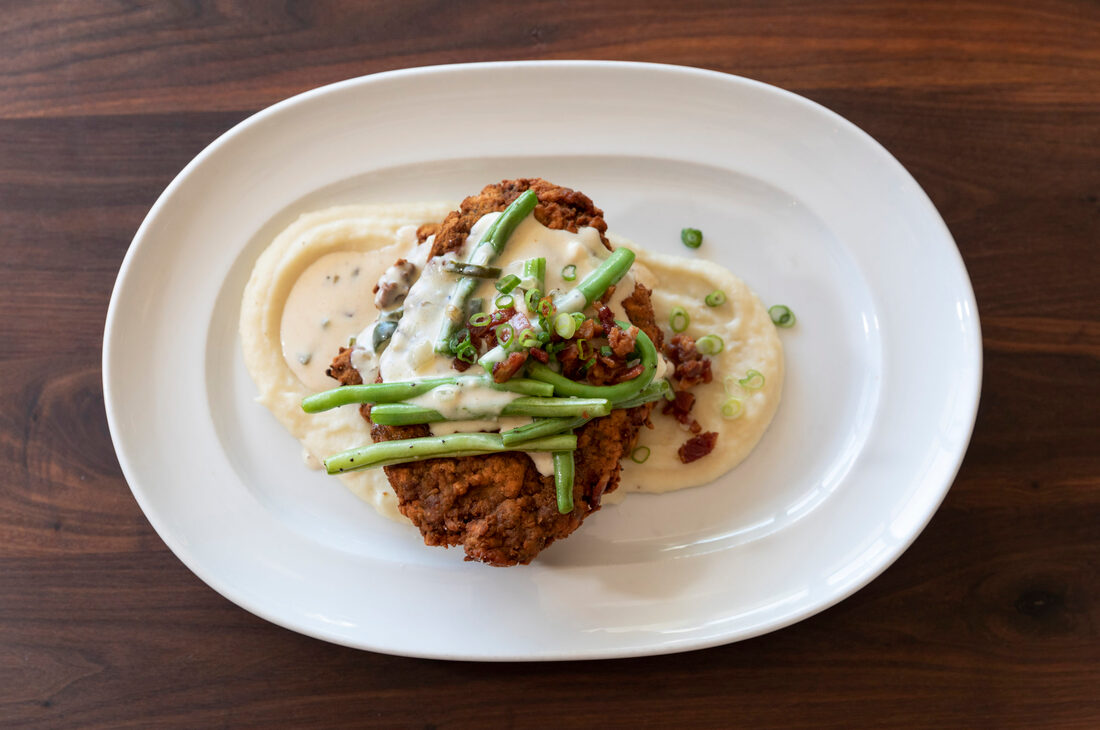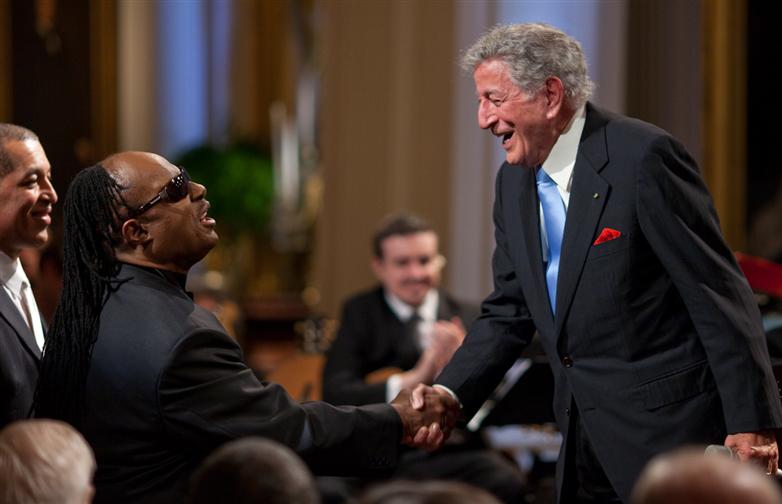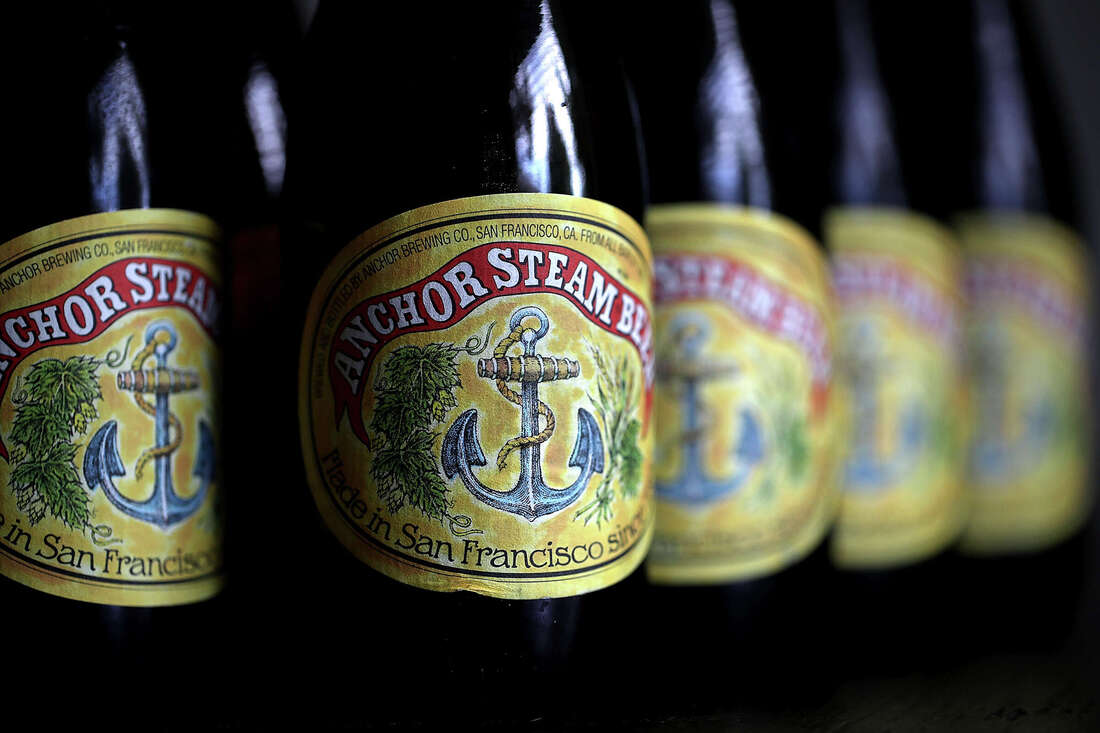The sentiment about the Americanness of pizza might best be related by a comment from Gioacchino Gabbuti, General Director of the Italian Institute for Foreign Trade (ICE), in 1998: “when I visited New York as the General Director of ICE….an American friend….asked me a question that left me bewildered: excuse me, Gioacchino, how does one say ‘pizza’ in Italian?” Pizza has become much more Italian in the last quarter century since then, but pizza was long more popular in the U.S. than in Italy.
Pizza originated in Italy, to be sure, but it is not originally Italian. This is because pizza as we know pizza is specifically Neapolitan in origin. It’s from Naples, the big, chaotic and historic port city in southern Italy. In 1535 poet and writer Benedetto di Falco explained that “focaccia in Neapolitan is called pizza,” possibly the first written reference to pizza as a foodstuff. And by 1600 there was certainly pizza, bread dough baked in wood-fired ovens, seasoned with garlic, lard and coarse salt, or with caciocavallo cheese and basil being served in Naples.
But pizza actually spread more quickly throughout the U.S. than it did throughout Italy, as odd as that may initially seem. Pizza initially traveled with the immigrants from it birthplace Naples and its environs, of whom there were many to the U.S. To note, the Sicilian pizza is also fair part the pizza landscape here. Arriving later, it was derived from the sfincione served in Palermo, a type of spongy focaccia, but that’s for another tale.
A brief history of pizza in America until it become popular
One of the most important events in the gustatory history of the country seems to have begun, at least by oft-repeated legend, in 1905 when Gennaro Lombardi, a native of Naples, opened the first licensed pizzeria in America in Manhattan’s Little Italy, Lombardi’s. He had been making versions of that Neapolitan fast food at the bakery in which he worked, which was also being done elsewhere, at least in his neighborhood, since probably a few years before the turn of the 20th century. The New York Tribune noted in 1903 in Little Italy that “apparently the Italian has invented a kind of pie. The ‘pomidore pizza,’ or tomato pie.” These pizza pies were just the province of these Neapolitans; in Italy at the time, it was not found outside of the vicinity of Naples. “There are only two places in New York where you can get real, genuine Neapolitan pizze. One is on Spring Street and one on Grand. The rest are Americanized substitutes,” reported an informed source, “the Dago,” in a New York Sun piece in the summer of 1905. Pizzas were likely served in the Neapolitan streets of Little Italy in the 1890s, but were slow to catch on.
These pizzas first found an audience with those recently arrived Neapolitans and quickly spread to all the Italians living in the neighborhood. Pizza has proven to be a very easy sell over the years. In the 1920s and 1930s Lombardi’s former employees, all Neapolitans, opened pizzerias in Brooklyn, East Harlem and uptown Manhattan that would be destined to become icons in their own right. But, pizzas were really an ethnic, mostly Italian, specialty until after the Second World War, even in New York City. Also in the 1920s, pizzerias were opened by Neapolitan immigrants in the Italian neighborhoods of New Haven, Connecticut, Trenton, and Boston. Philadelphia and Chicago were two of the few other cities with Neapolitan pizzaioli and pizza before the Depression. Here is a list of the first pizzerias in various municipalities:
- 1912 – Trenton, New Jersey
- 1914 – Utica, New York
- 1924 – Chicago
- 1925 – New Haven, Connecticut
- 1926 – Boston
- 1927 – Buffalo, New York
- 1927 – Philadelphia
- 1929 – Poughkeepsie, New York
- 1929 – Columbus, Ohio
- 1935 – San Francisco – Numerous of Ligurians, Tuscans then Sicilians but hardly any Neapolitans
- 1939 – Los Angeles
- 1943 – Washington, DC
- 1947 - Houston
- 1948 – Seattle
Pizza spread throughout the country after the Second World War, as it began to be served well beyond the Italian neighborhoods. One item which emphasizes that is oregano consumption in the U.S. increased an incredible 5,200% between 1948 and 1956 because of the new popularity of pizza and, to a lesser extent, also Italian sandwiches. And, no, the postwar affection wasn’t because of soldiers bringing back the taste for it from Italy.
Starting and growing in areas with virtually no competition from pizzerias with Italian antecedents, several regional, national and international pizza companies got their start in the mid-1950s to 1960: Shakey’s in Sacramento in 1954, Pizza Hut in Wichita and Pizza Inn in Dallas in 1958, Little Caesar’s in suburban Detroit in 1959, and Domino’s in Ypsilanti, Michigan in 1960. Commercially made gas and electric pizza ovens, along with large mixers for the dough introduced in the mid-1950s, helped make the creation of the pizzas easier, far less dependent on a seasoned pizza-maker. American business know-how helped even more. The franchise system increased the number of branches and market presence quickly. Even if far from the best pizzas around – the pies usually featured doughier and blander crusts and lower-quality toppings – these pizza chains have been greatly enjoyed by millions over the years. Not incidentally, with tremendous insight, or luck, Pizza Hut, Dominos and Pizza Inn first opened right near colleges and universities whose enrollment grew tremendously with the baby boom from the 1950s on something that these chain pizza joints rode to continued success.
An even briefer history of pizza in Italy outside of Naples
“Pizza, which was unknown in north Italy before the war” recounted cookbook author Marcella Hazan in her memoir Amacord. Pizzas was difficult to find anywhere outside of the Naples region through the 1950s. Even in southern Italy beyond the greater Naples area, it was not be found. A family friend from Reggio Calabria, the city at the toe of the boot, did not have her first pizza until she arrived in New York in the late 1950s. She said that Naples was the only place in Italy to get pizza then.
It came to those other cities with transplanted Neapolitans who traveled north to find work in the industrial boom after the war. For example, in Hazan’s northern region, Parma, a well-to-do and university city, got its first pizzeria in 1960 started by a person from Salerno, south of Naples. Though now popular throughout Italy, pizza has taken hold the most in a city closer to Naples, Rome, which has developed a couple distinctive versions. The first was pizza tonda, a round pizza with a blistered cracker-thin crust that grew out of the Neapolitan versions. Then came pizza al taglio, a long rectangular pizza without Neapolitan antecedents, which is more like a focaccia and sold mostly in take-away places. That has become synonymous with Roman pizza outside of Rome. The Eternal City also currently boasts some excellent pizzerias making version similar to those in Naples.
Mostly just in Naples and environs, then spread by Neapolitans, even slower than in the U.S. in some of its largest cities:
- Rome – 1916 or so
- Milan – 1934 or so, and with the Sicilian-style Spontini opening in 1953
- Turin – After the Second World War or maybe earlier with Pizza al Padellino (or al Tegamino), a different type of pizza that’s baked in small, round pans, “pan pizza,” that was actually from Tuscan restaurateurs
- Parma – 1960
It is true what Carol Helotsky wrote in her book Pizza - A Global History (2008) that “Pizza went from being strictly Neapolitan to being Italian-American and then becoming Italian.” More accurately, pizza went from Neapolitan to Neapolitan-American to Italian-American to American then to broadly Italian.
From Roberta's in Houston





 RSS Feed
RSS Feed

